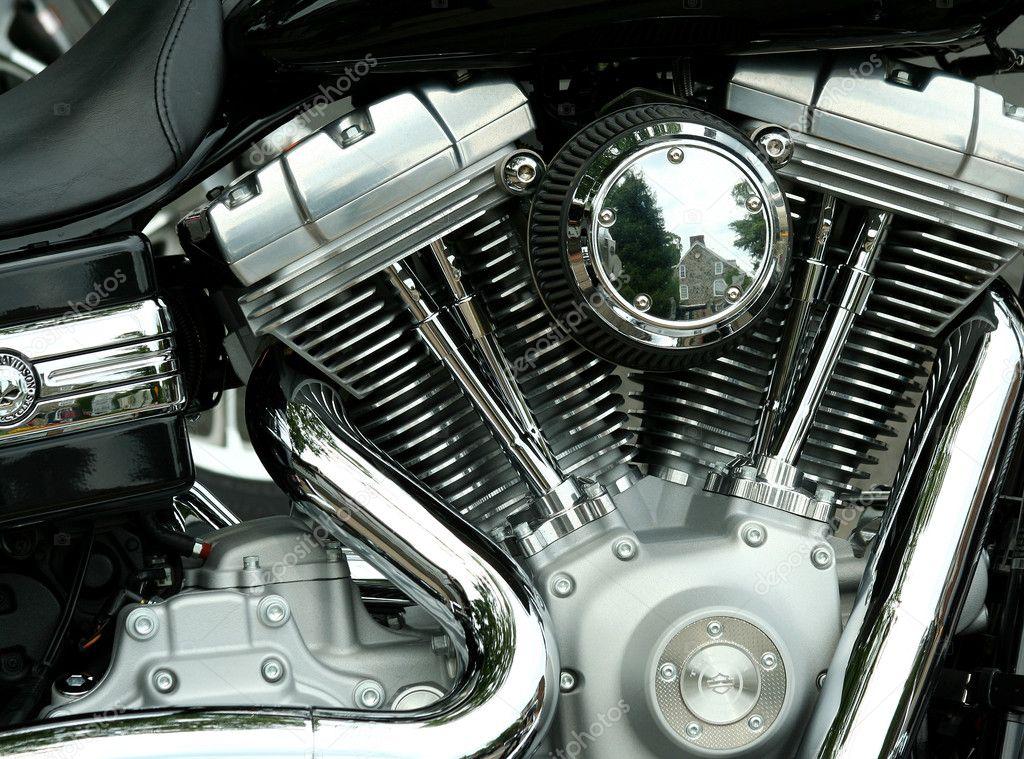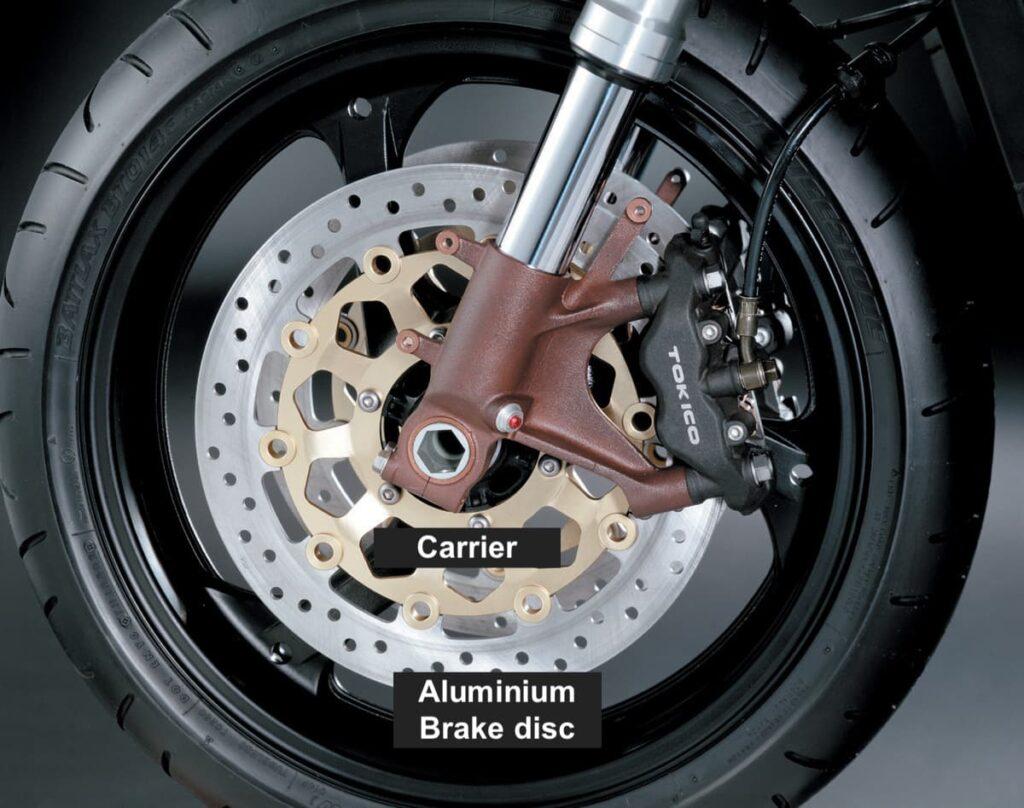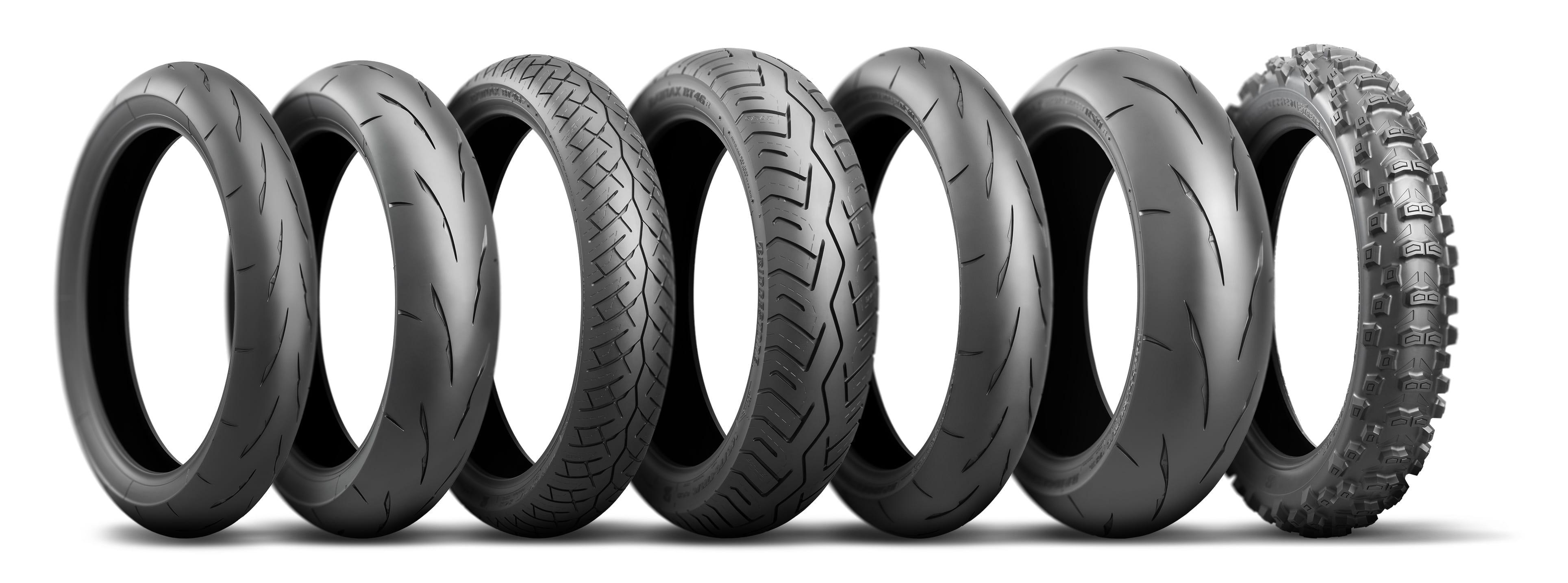
Motorcycles, as a means of transportation full of passion and freedom, owe their excellent performance to the precise cooperation of numerous components. Let’s take a closer look at the key components of motorcycles.
I. Body
The body, as the overall framework of a motorcycle, not only carries all the components but also has a significant impact on the appearance, riding comfort, and handling performance.
(I) Frame
The frame is the core of the body and is usually welded from high – strength metal tubes (such as steel tubes or aluminum alloy tubes). Its design needs to balance strength and lightweight to withstand various stresses, including engine vibrations, the rider’s weight, and road impacts. The frame structures of different types of motorcycles have their own characteristics. For example, the frame of a street bike pursues simplicity and universality to adapt to various road conditions and riding styles; the frame of a racing motorcycle focuses on high strength and extreme lightweight to achieve the best handling on the track.
(II) Body Panels
Body panels include the outer shell of the motorcycle, fuel tank guards, etc. Their main functions are to protect internal components, reduce wind resistance, and beautify the appearance. The materials are diverse, with plastic and carbon fiber being common. Plastic body panels are low – cost, easy to mold and mass – produce, and are widely used in ordinary motorcycles; carbon – fiber body panels are extremely lightweight and have high strength, which are the choice for high – performance motorcycles in pursuit of ultimate performance, but they are also relatively expensive.
II. Engine

The engine can be regarded as the heart of a motorcycle, responsible for converting the heat energy generated by fuel combustion into mechanical energy to provide power for the motorcycle.
(I) Engine Types
- Single – Cylinder Engine
The single – cylinder engine has a simple and compact structure, low cost, and is easy to maintain. It has good low – end torque output characteristics and is suitable for small, entry – level motorcycles or off – road motorcycles that require high flexibility. However, the single – cylinder engine has relatively large vibrations, and its power output at high speeds is not as smooth as that of multi – cylinder engines. - Twin – Cylinder Engine
The power output smoothness and performance of the twin – cylinder engine are between those of the single – cylinder and multi – cylinder engines. Common twin – cylinder engine structures include parallel – twin and V – twin. The parallel – twin – cylinder engine has a compact structure and linear power output, and is often used in street bikes and some sports bikes; the V – twin – cylinder engine has a unique appearance and sound, and its torque output characteristics are suitable for American – style cruiser motorcycles. - Multi – Cylinder Engines (Four – Cylinder and Above)
Multi – cylinder engines (such as four – cylinder, six – cylinder, etc.) have strong and smooth power output at high speeds, can provide rapid acceleration performance and high – speed driving ability, and are often used in high – performance sports bikes and large – scale cruiser motorcycles. However, due to their complex structures, they have high costs and are relatively difficult to maintain.
(II) Engine Structure
- Cylinder Block and Piston
The cylinder block provides space for the piston’s up – and – down movement. The piston moves up and down inside the cylinder block. Through the sealing between the piston rings and the cylinder wall, the pressure in the combustion chamber is converted into the power to drive the crankshaft to rotate. The material, machining accuracy, and heat dissipation performance of the piston and the cylinder block are crucial to the engine’s performance and reliability. - Crankshaft and Connecting Rod
The crankshaft is the power output shaft of the engine, converting the piston’s reciprocating motion into rotational motion; the connecting rod connects the piston and the crankshaft, transmitting force and motion during engine operation. The crankshaft and the connecting rod need to have high strength and high precision to ensure the normal operation of the engine.
III. Transmission System

The transmission system undertakes the task of transmitting the engine power to the wheels, enabling the motorcycle to move.
(I) Chain Drive
Chain drive is a common transmission method for motorcycles. It consists of a driving sprocket (connected to the engine output shaft), a driven sprocket (connected to the rear wheel hub), and a chain. It has the advantages of high transmission efficiency, simple structure, and low cost, but it requires regular maintenance, such as cleaning, lubricating, and adjusting the chain tension, to ensure the reliability of the transmission.
(II) Shaft Drive
The shaft drive transmits the engine power to the rear wheel through a drive shaft. Its advantages are high reliability and being maintenance – free (relative to chain drive), but its structure is complex, heavy, and its transmission efficiency is slightly lower than that of chain drive. It is often used in large – scale cruiser motorcycles and high – end motorcycles.
(III) Belt Drive
The belt drive is mainly used in some American – style cruiser motorcycles. It runs smoothly and has low noise, but its transmission power is relatively limited, and it is necessary to avoid the belt being contaminated by oil and damaged by sharp objects.
IV. Steering System

The steering system controls the driving direction of the motorcycle, ensuring that the rider can accurately operate the motorcycle.
(I) Handlebar and Top Clamp
The handlebar is the part directly operated by the rider and is connected to the front fork through the top clamp. The width, height, and shape of the handlebar affect the rider’s handling feel and comfort, and the top clamp connects the handlebar and the front fork, ensuring that the rotation of the handlebar can be accurately transmitted to the front fork.
(II) Front Fork
The front fork is a key part of the steering system. It supports the front weight of the motorcycle and plays a guiding role during steering. Factors such as its flexibility, rigidity, and the connection method with the frame have a significant impact on the motorcycle’s steering performance. The front forks of high – performance motorcycles usually adopt high – quality materials and advanced manufacturing processes to improve the precision and stability of steering.
V. Shock Absorbers

Shock absorbers absorb road vibrations during motorcycle driving, improving riding comfort and handling stability.
(I) Front Shock Absorbers
Front shock absorbers are installed on the front fork part of the motorcycle. There are mainly two types: telescopic and inverted. The telescopic front shock absorber has a simple structure and low cost and is widely used in various motorcycles; the inverted front shock absorber has the shock absorber tube installed upside down, has better rigidity and handling performance, and is often seen in high – performance motorcycles. The front shock absorbers use the internal damping oil and spring system to buffer vibrations and keep the front wheel in good contact with the ground when the motorcycle encounters road bumps.
(II) Rear Shock Absorbers
Rear shock absorbers are installed near the rear wheel of the motorcycle. Common structures include single – tube and double – tube. The damping and spring stiffness of the rear shock absorbers can be adjusted according to the riding requirements. For example, the rear shock absorbers of off – road motorcycles need a large stroke and adjustability to adapt to complex road conditions; while those of street bikes or cruiser motorcycles focus more on the balance between comfort and stability.
VI. Braking System

The braking system is a crucial guarantee for the safety performance of motorcycles, enabling motorcycles to decelerate or stop quickly.
(I) Braking Types
- Disc Brake
The disc brake system consists of a brake disc, a brake caliper, and brake pads. The brake disc is fixed on the wheel hub and rotates with the wheel. The brake caliper pushes the brake pads to clamp the brake disc tightly, generating friction to achieve braking. The disc brake has strong braking power, quick response, and good heat dissipation, and is widely used in modern motorcycles, especially essential for high – performance motorcycles. - Drum Brake
The drum brake achieves braking through the friction between the brake shoes and the brake drum. When the brake is operated, the brake shoes expand outward to come into contact with the inner wall of the brake drum and generate friction. The drum brake has a simple structure and low cost, but its braking power and heat dissipation performance are not as good as those of the disc brake. It is often used in small, low – power motorcycles or as an auxiliary braking system.
(II) Braking Components
- Master Cylinder and Brake Lines
The master cylinder is the power source of the braking system. When the rider operates the brake lever or pedal, the piston in the master cylinder pushes the brake fluid through the brake lines to the brake caliper. The brake lines need to have good pressure resistance and sealing properties to ensure that the brake fluid can stably transmit pressure. - Brake Fluid
The brake fluid transmits pressure in the braking system and must have characteristics such as a high boiling point, a low freezing point, good lubricity, and chemical stability to adapt to different environmental temperatures and working conditions. Common types of brake fluid include DOT3 and DOT4, etc., and different types cannot be mixed.
VII. Tires

Tires are the parts that directly contact the ground on a motorcycle, and their performance is directly related to grip, handling, comfort, and safety.
(I) Tire Types
- Road Tires
The tread pattern of road tires is designed for road driving, with low rolling resistance and good high – speed stability. The tread pattern is fine, which can provide good water – draining performance to ensure grip on wet roads. This type of tire is suitable for motorcycles driving on flat roads, such as street bikes and sports bikes. - Off – Road Tires
The tread pattern of off – road tires is coarse and deep, with strong grip and passability, being able to adapt to various complex off – road road conditions, such as muddy, sandy, and rocky terrains. The sidewalls are thick to resist lateral forces and impacts during off – road driving. However, when driving on the road, off – road tires have large rolling resistance and high noise. - Dual – Purpose Tires (ADV Tires)
Dual – purpose tires combine the characteristics of road tires and off – road tires. They can provide good comfort and high – speed performance on the road and can also adapt to off – road road conditions to a certain extent. This type of tire is suitable for adventure touring motorcycles (ADV) to meet the riding needs in different road conditions.
(II) Tire Specifications
Tire specifications are usually marked on the side of the tires, such as “120/70 – R17”, where “120” represents the tire width (in millimeters), “70” represents the aspect ratio (the percentage of tire height to width), “R” represents the radial tire structure, and “17” represents the rim diameter (in inches). It is very important to correctly choose the tire specifications suitable for the motorcycle, as it will affect the handling performance and the accuracy of the speedometer.
VIII. Electrical System
The electrical system provides necessary electrical support for motorcycle starting, lighting, signal indication, etc.
(I) Power Sources
- Battery
The motorcycle battery is the energy storage unit of the electrical system, providing initial electrical energy for motorcycle starting and electronic devices. Common batteries include lead – acid batteries and lithium – ion batteries. Lead – acid batteries have low cost and high reliability, but they are heavy and have relatively low energy density; lithium – ion batteries are lightweight, have high energy density, and fast – charging speed, but they are relatively expensive. - Generator
The generator starts working when the engine is running. It generates electricity by relying on the engine power to charge the battery and provide continuous power for electrical devices. The output power of the generator needs to be matched according to the load of electrical devices to ensure sufficient power under various working conditions.
(II) Lighting and Signaling Systems
- Headlight
The headlight is the main lighting device of the motorcycle, providing illumination for the rider on the road ahead at night or in low – visibility conditions. Modern motorcycle headlights include halogen headlights, xenon headlights, and LED headlights. LED headlights have the advantages of high brightness, low energy consumption, and long lifespan, and are gradually becoming the mainstream choice. - Turn Signals and Taillight
Turn signals are used to indicate the motorcycle’s turning intention, and the taillight warns the vehicles behind when the motorcycle brakes or is driving at night. These lights usually use LED light sources to improve visibility and reliability.
Each component of a motorcycle is like a member of a team, performing their respective duties and working closely together to bring riders a unique riding experience. Whether it is a sports bike pursuing speed, an off – road motorcycle crossing the wilderness, or a cruiser motorcycle for comfortable rides, the ingenious design and coordinated work of the components are important sources of the charm of motorcycles. I hope that through this blog, everyone can have a deeper understanding of motorcycle components and better appreciate and enjoy the fun of motorcycle riding.
